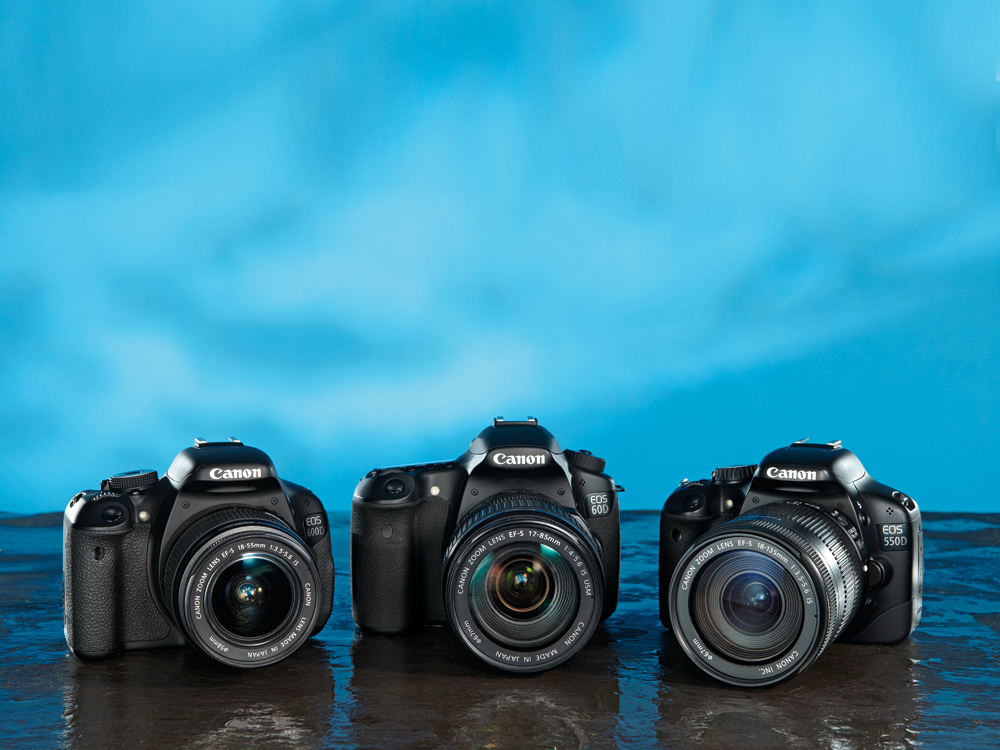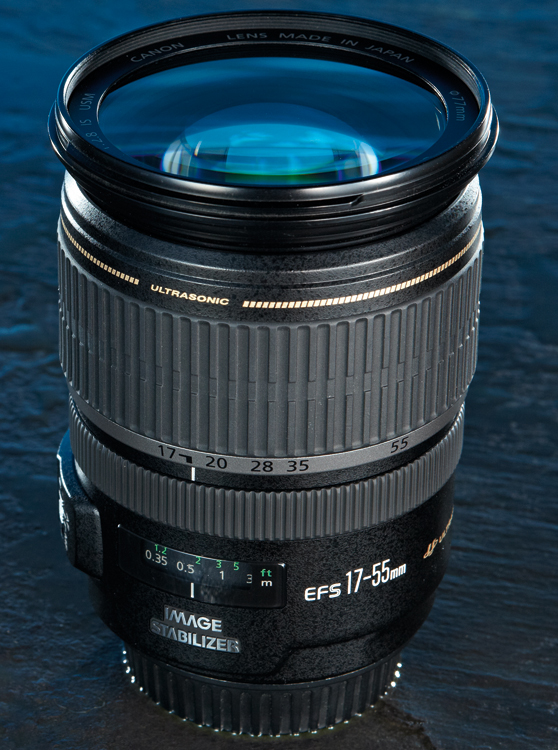Best kit lens upgrade for Canon DSLRs: 10 tested
Upgrade from your camera's kit lens to one of these

Canon offers a number of standard zooms with DSLR bodies as camera kits, which is why they're often referred to as kit lenses. For example, the official kit lens for the EOS 1100D and 600D is the EF-S 18-55mm f/3.5-5.6 IS II. For the
, it's the more upmarket
.
The main advantage of buying a body complete with a kit lens is that the overall package is substantially discounted, so you'll save money. They offer a versatile focal length range (18-55mm) in a small package. However, it's difficult to shake the feeling that kit lenses are often built down to a price rather than up to the highest standards.
Since most of us use our standard zoom lenses for the vast majority of our shooting, it makes sense to invest in a quality option.
Sign up for breaking news, reviews, opinion, top tech deals, and more.

The first thing to think about is zoom range. For the purposes of this group test, we're concentrating on APS-C format cameras such as the EOS 1100D, 600D, 60D and 7D. As with previous models in their class, they all have Advanced Photo System - Classic image format sensors, which are rather smaller than those in full-frame DSLRs such as the 5D Mark II.
The upshot is that you need to apply a focal length magnification factor or 'crop factor' of 1.6x to calculate the effective focal length of a lens.

An 18-55mm kit lens will therefore provide an effective zoom range of 29-88mm. And 29mm gives you a fairly generous wide angle of view, whereas 88mm offers a useful short telephoto length that's ideal for portraiture.
A lens such as Canon's EF-S 15-85mm pushes the boundaries at both ends, giving a more versatile 24-136mm zoom range, but there's always a danger that greater range will impair optical quality.
You can use any full-frame lens on an APS-C camera, but you can't use an APS-C lens on a full-frame body. If you're thinking of trading up to a full-frame DSLR at some point in the future, it's worth taking full-frame standard zooms into account.
Indeed, when the Canon 40D was launched back in 2007, it had a choice of two kit lenses. One was the full-frame EF 28-135mm, the other was the APS-C format EF-S 17-85mm.
There are pros and cons in using a full-frame standard zoom on an APS-C camera. The main plus point is that you'll only be using the central area of the image circle, where image quality is at its sharpest.
You'll also run less risk of vignetting (darkened corners of the frame), especially when combining the wide-angle end of the zoom range with the widest available aperture.
The downside is that you simply won't get the wide-angle coverage enabled by a specialised APS-C lens. However, you can counter this by teaming up a full-frame standard zoom with an ultra-wide zoom such as the Canon EF-S 10-22mm.
Zoom and focus
Internal focusing is a useful feature that's shared by all the lenses in this group. The front element doesn't rotate during focusing, which makes circular polarising filters and graduated filters much easier to use. It also means the lens doesn't extend in length throughout the focus range.
When it comes to zooming, all the lenses on test physically extend as you progress through the zoom range, apart from the Sigma 18-50mm f/2.8-4.5 DC OS HSM, which has a fully internal zoom mechanism.
For autofocus, basic micro-motor actuators can be noisy and sluggish in operation; both the Tamron SP AF 17-50mm f/2.8 XR Di II VC and the Tamron SP AF 28-75mm f/2.8 XR Di LD feature these.
All the other lenses on test here have ultrasonic autofocus systems (USM), which Sigma calls hypersonic (HSM). You can expect quieter, faster autofocus - but not all ultrasonic systems are created equal. The Sigma 18-50mm, Sigma 17-70mm f/2.8-4 DC Macro OS HSM and Sigma 17-50mm f/2.8 EX DC OS HSM all have a small ultrasonic motor that requires gears to drive focusing.
The Sigma 24-70mm f/2.8 EX DG IF HSM, the Canon EF-S 15-85mm f/3.5-5.6 IS USM, the Canon EF-S 17-55mm f/2.8 IS USM, the Canon EF 24-105mm f/4L IS USM and the Canon EF 24-70mm f/2.8L USM all have a more advanced 'ring-type' ultrasonic system.
This is faster, near-silent and the focus ring doesn't rotate during focusing, plus you get the benefit of full-time manual override of autofocus in One Shot AF mode.
How good is your Canon EF-S kit lens?
What price a kit lens? If you buy them separately they range in cost from the £150 EF-S 18-55mm f/3.5-5.6 IS II (1100D, 600D) through the EF-S 18-135mm f/3.5-5.6 IS (7D) at £350, to the EF-S 17-85mm f4-5.6 IS USM (60D) at £360. They have their good points, but none of them are perfect.
The baby EF-S 18-55mm is very compact and well-balanced on lightweight bodies such as those of the 1100D and 600D. It also features Canon's latest 4-stop image stabiliser, complete with panning and tripod detection. Image quality is pretty convincing throughout the zoom range, but build quality is very basic.
The mounting plate is made of plastic rather than metal, the front element rotates in focusing, there's no focus distance scale and autofocus operation is based on a standard micro-motor.
Moving up, the EF-S 18-135mm features the same new IS system but is better built than the 18-55mm, with a metal mounting plate. But it still lacks USM autofocus and a focus distance scale. It's a poor match for the sophisticated and super-fast 7D.
The EF-S 17-85mm is an older design with only a 3-stop stabiliser, but it does at least have ring-type ultrasonic autofocus. Based on our tests, its only real flaw is that chromatic aberrations (colour fringing) are a major problem.
Fringing is often very noticeable in images, especially those taken towards the wide-angle end of the zoom range.
Current page: Zoom lens upgrades explained
Next Page Canon EF-S 15-85mm f/3.5-5.6 IS USM